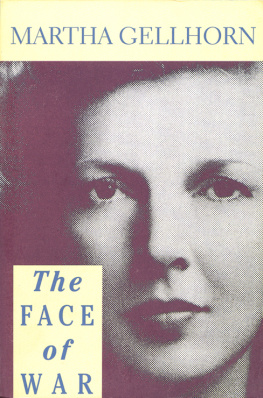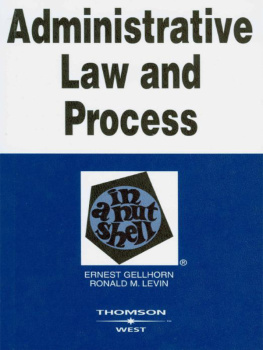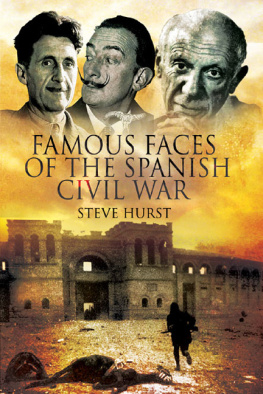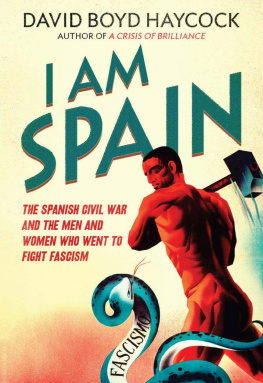The structure of this book needs explaining. It has grown by addition and subtraction through four versions over almost thirty years. All the reports are reprinted as originally published. When the titles had not been my choice and I disliked them, I have changed them. The first version, 1959, began with an introduction and ended with Dachau. I deleted six reports from the second version, 1967, to make room for the sections called the War in Java and Interim, and The War in Vietnam; and added a short introduction and conclusion. Through all versions, I have not altered my prefatory comments on each war though by the third version, 1986, some sentences written in 1959 were happily outdated. The 1986 version attached a new introduction, included the entire 1967 version, and added later comment on the Vietnam War, the Six Day War, and war in Central America. This fourth and final version deletes the superfluous 1967 introduction and conclusion, and the 1986 comment on the Vietnam War: I wrote a new one, I hope a better one. I have added one report, Three Poles, to the Second World War, one article, Suffer the Little Children, to the Vietnam War and a Conclusion.
Introduction 1959
When I was young I believed in the perfectibility of man, and in progress, and thought of journalism as a guiding light. If people were told the truth, if dishonor and injustice were clearly shown to them, they would at once demand the saving action, punishment of wrong-doers, and care for the innocent. How people were to accomplish these reforms, I did not know. That was their job. A journalist's job was to bring news, to be eyes for their conscience. I think I must have imagined public opinion as a solid force, something like a tornado, always ready to blow on the side of the angels.
During the years of my energetic hope, I blamed the leaders when history regularly went wrong, when cruelty and violence were tolerated or abetted, and the innocent never got anything except the dirty end of the stick. The leaders were a vague interlocking directorate of politicians, industrialists, newspaper owners, financiers: unseen, cold, ambitious men. People were good, by definition; if they failed to behave well, that was because of ignorance or helplessness.
It took nine years, and a great depression, and two wars ending in defeat, and one surrender without war, to break my faith in the benign power of the press. Gradually I came to realize that people will more readily swallow lies than truth, as if the taste of lies was homey, appetizing: a habit. (There were also liars in my trade, and leaders have always used facts as relative and malleable. The supply of lies was unlimited.) Good people, those who opposed evil wherever they saw it, never increased beyond a gallant minority. The manipulated millions could be aroused or soothed by any lies. The guiding light of journalism was no stronger than a glow-worm.
I belonged to a Federation of Cassandras, my colleagues the foreign correspondents, whom I met at every disaster. They had been reporting the rise of Fascism, its horrors and its sure menace, for years. If anyone listened to them, no one acted on their warnings. The doom they had long prophesied arrived on time, bit by bit, as scheduled. In the end we became solitary stretcher-bearers, trying to pull individuals free from the wreckage. If a life could be saved from the first of the Gestapo in Prague, or another from behind the barbed wire on the sands at Argels, that was a comfort but it was hardly journalism. Drag, scheming, bullying and dollars occasionally preserved one human being at a time. For all the good our articles did, they might have been written in invisible ink, printed on leaves, and loosed to the wind.
After the war in Finland, I thought of journalism as a passport. You needed proper papers and a job to get a ringside seat at the spectacle of history in the making. In the Second World War, all I did was praise the good, brave and generous people I saw, knowing this to be a perfectly useless performance. When occasion presented, I reviled the devils whose mission was to deny the dignity of man; also useless. I took an absurd professional pride in getting where I intended to go and in sending my copy to New York on time; but I could not fool myself that my war correspondent's work mattered a hoot. War is a malignant disease, an idiocy, a prison, and the pain it causes is beyond telling or imagining; but war was our condition and our history, the place we had to live in. I was a special type of war profiteer; I was physically lucky, and was paid to spend my time with magnificent people.
After the victory in World War II, I hung on in the climate of war for another year, since peace was uneasy and unconvincing. At last in Java I saw the postwar new-style little war, and knew I never wanted to see any more of it again anywhere. Probably that pathetic murderous mess in the East Indies was inevitable. The tall white men had been conquered and debased by short yellow men; why should anyone accept the white man as master again? The Dutchmen of the Indies returned, like skeletons and ghosts, from Japanese prisons and from building the Japanese death railway through the jungle; their sick, starved women and children emerged from years in Japanese concentration camps on Java; and immediately they were set upon by the natives they had tried to rule with care and decency. Both the Indonesians and the Dutch needed time to heal from the war and find a just plan for their lives. There was no time. Nothing anybody wrote was going to shorten this torment, nor save one victim, white or brown.











